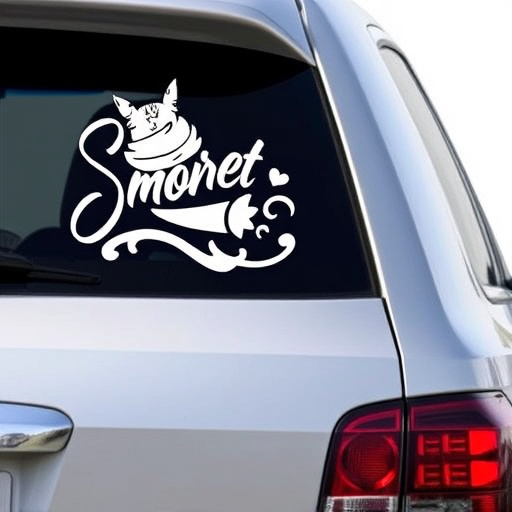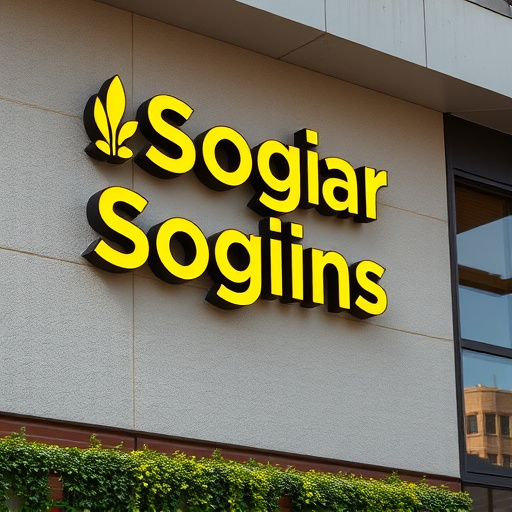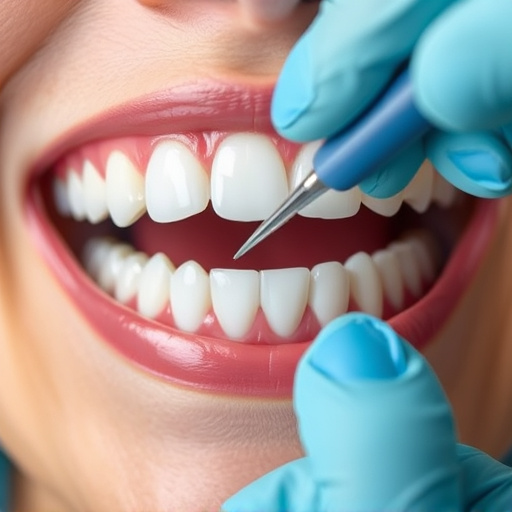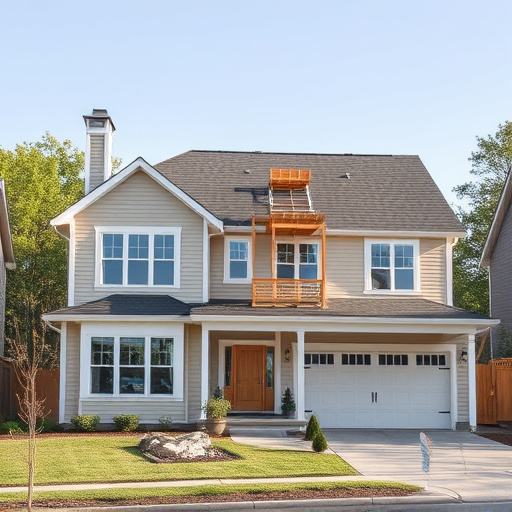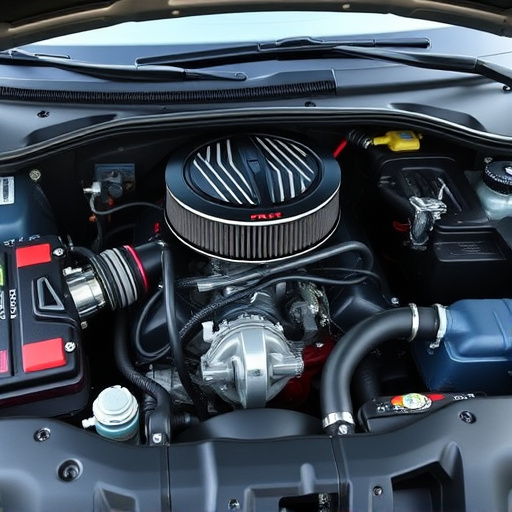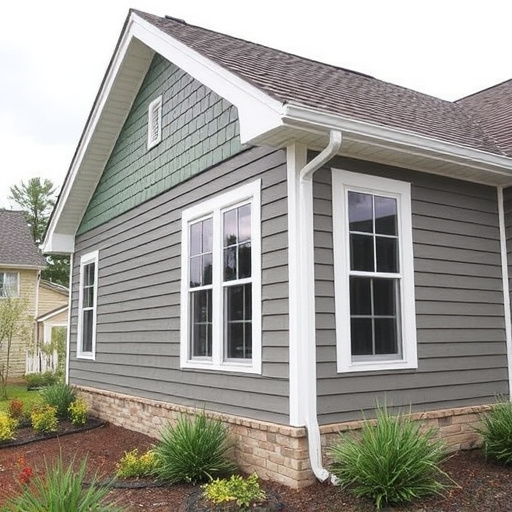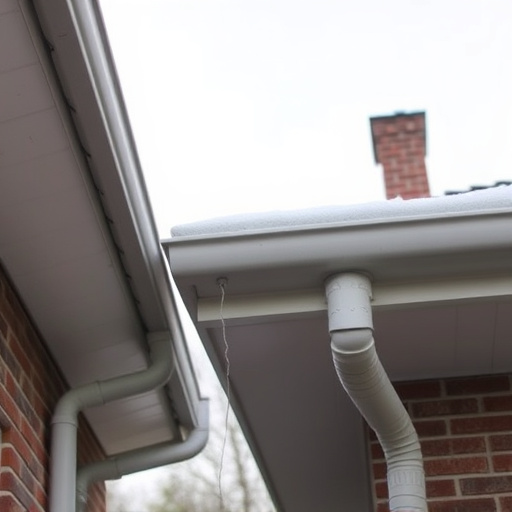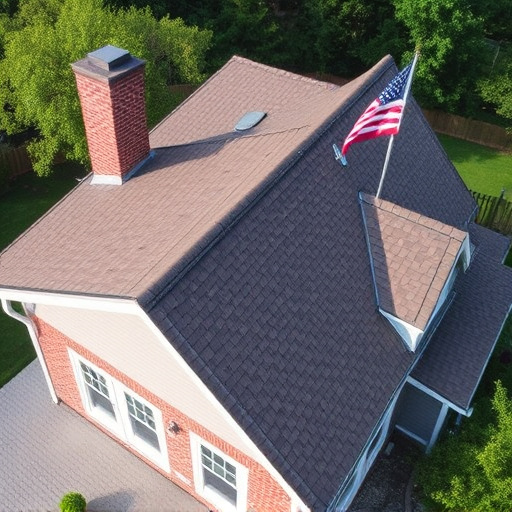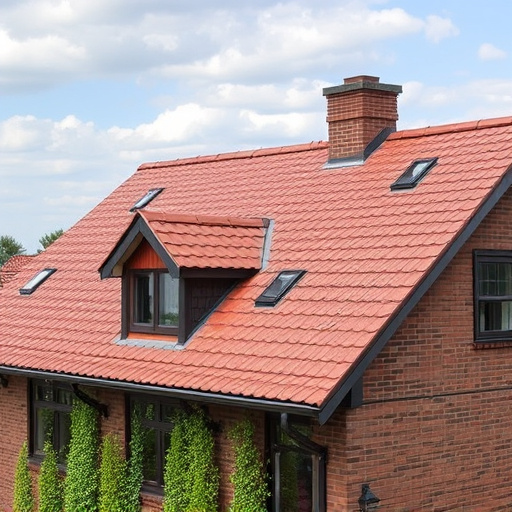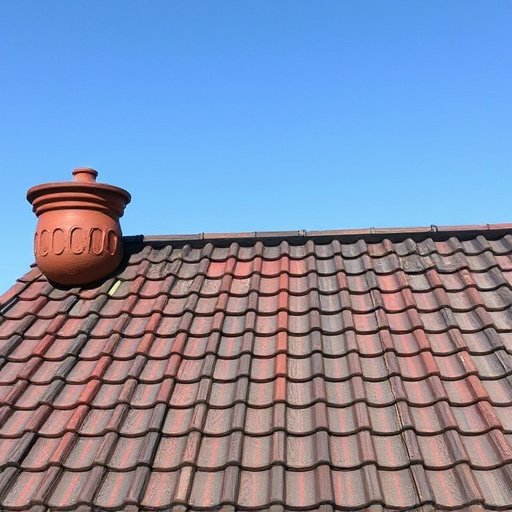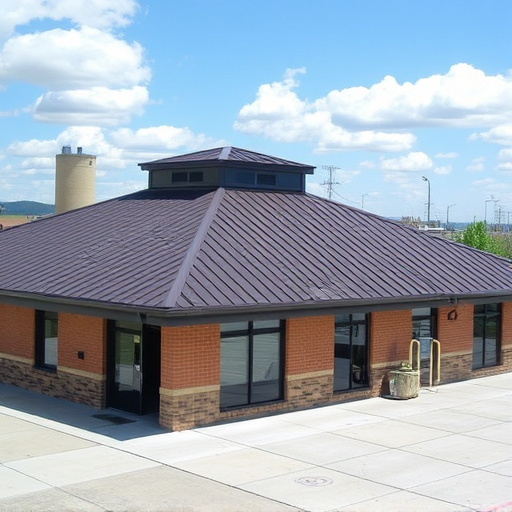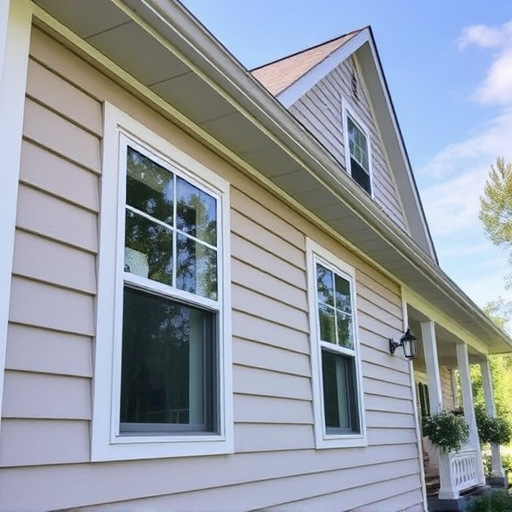Modern architecture trends emphasize simplicity, functionality, and minimalism, with natural materials and open layouts. When choosing siding materials, homeowners and developers prioritize durable, low-maintenance options like vinyl, fiber cement, and engineered wood that mimic pricier materials like brick or stone. Strategic gutter systems enhance structural longevity and aesthetic appeal, keeping up with contemporary design demands for clean lines and seamless indoor-outdoor connections. Professional siding services are essential for restoring integrity and charm to properties after storm damage, aligning with modern architectural principles.
“Siding materials play a pivotal role in bringing modern architectural trends to life, offering both aesthetic appeal and functional benefits. As contemporary design continues to evolve, so do the preferences for exterior cladding. This article delves into the latest siding materials that perfectly align with modern architectural styles, exploring natural and man-made options while highlighting sustainable choices. We’ll guide you through trending styles, color palettes, textures, and patterns, ensuring a sleek and cohesive look for any residential or commercial project.”
- Trending Styles in Modern Architecture
- – Exploring contemporary design aesthetics
- – Key characteristics of modern architecture
Trending Styles in Modern Architecture
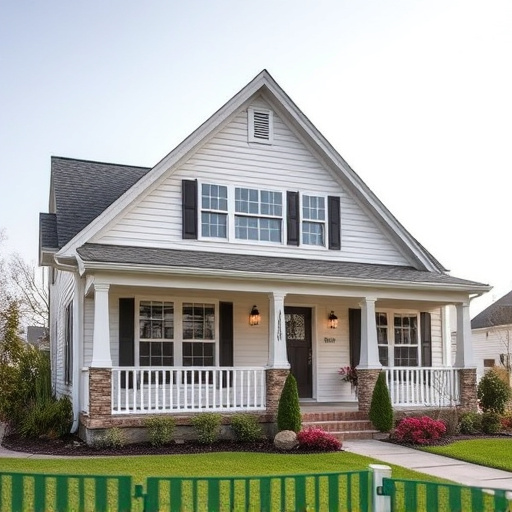
In the realm of modern architecture, simplicity and functionality reign supreme, with a focus on clean lines and minimalist aesthetics. Popular styles such as mid-century modern and contemporary design emphasize natural materials, open layouts, and seamless integration with the outdoors. For homeowners seeking to reflect these trends in their siding choices, options like vinyl, fiber cement, and engineered wood offer both durability and visual appeal. These materials mimic the look of more expensive alternatives like brick or stone while providing cost-effectiveness and low maintenance—essential considerations for today’s busy households.
When it comes to commercial roofing and residential roofing applications, modern architectural trends also influence the selection of siding materials. Building owners and developers are increasingly opting for sidings that enhance a structure’s overall aesthetic, energy efficiency, and longevity. This shift towards more sophisticated and eco-friendly options has led to a surge in demand for high-quality siding materials—a trend that home exterior services providers are well-positioned to cater to, offering innovative solutions that meet the evolving needs of both residential and commercial properties.
– Exploring contemporary design aesthetics
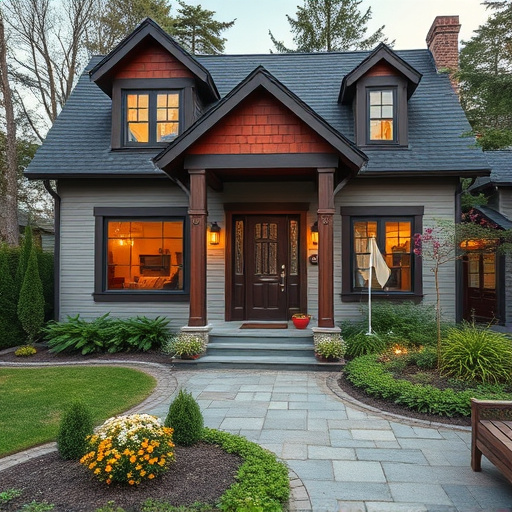
In today’s architectural landscape, contemporary design aesthetics prioritize clean lines, minimalist forms, and an overall sense of modern elegance. When it comes to choosing siding materials that align with these trends, options abound. Homeowners and commercial property managers alike are increasingly opting for sleek, low-maintenance solutions that enhance the structural beauty of their buildings. Modern siding not only serves as a protective barrier but also becomes a design element in itself, reflecting the latest innovations and preferences in construction aesthetics.
Exploring contemporary design involves considering materials that offer both visual appeal and practical benefits. For instance, vinyl siding has gained popularity due to its affordability, durability, and wide range of colors and styles, making it an attractive choice for both residential and commercial applications. Similarly, fiber cement siding is favored for its superior strength, resistance to rot and moisture, and the ability to mimic the look of traditional materials like wood or stone. Incorporating these modern siding options alongside strategic gutter and downspout systems, as offered by home service solutions, ensures that structures not only stand the test of time but also embrace the aesthetic advancements defining the current architectural trends.
– Key characteristics of modern architecture
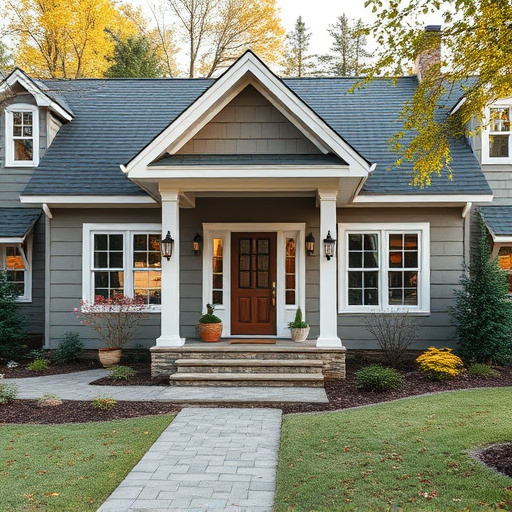
Modern architecture is characterized by clean lines, open spaces, and a seamless blend of indoor and outdoor living. This design philosophy often incorporates minimalism, with structures that appear to float, supported by slender columns or posts rather than dense walls. Natural materials like wood, stone, and glass are celebrated for their organic textures and warmth, which can be integrated into siding materials to enhance the overall aesthetic. Today’s modern homes often feature bold geometric shapes, such as rectangles, triangles, and circles, creating a dynamic visual appeal that defies traditional symmetry.
When considering roofing and siding, it’s essential to align these elements with the architectural trends for a cohesive look. For instance, contemporary styles may favor metal or fiber cement siding for their durability and low-maintenance properties, while still allowing for subtle textures and colors that complement the modern design. In cases of storm damage repair, professional siding services can play a crucial role in restoring not just the integrity but also the visual appeal of a home, ensuring it retains its modern charm amidst challenging environmental conditions.
As modern architecture continues to evolve, so do the expectations for siding materials. To keep up with these trends, homeowners and builders must select materials that not only enhance aesthetics but also stand the test of time. By understanding the key characteristics of contemporary design, such as clean lines, minimalism, and sustainability, you can choose siding materials that perfectly complement these styles. From fiber cement to vinyl and wood, there are options to suit various preferences and budgets while ensuring your home remains a testament to modern architectural beauty.


